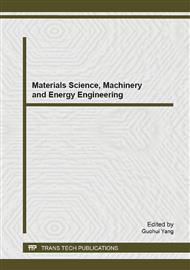p.636
p.641
p.646
p.652
p.663
p.668
p.674
p.680
p.686
Three-Dimensinal Structure Modeling of Lishui Depression, East China Sea Basin
Abstract:
Fine reservoir description plays an important role in oil and gas exploration and development, reservoir geological modeling is the core of fine reservoir description and the new technology developed in recent years of quantitatively characterizing reservoir as well. Petrel can be used to build three-dimensional visualization of quantitative reservoir by simulating and forecasting the reservoir characteristics and properties of parameters .And the reservoir unit is the targets of system modeling used to guide the re-awareness and tapping of the potential reservoir. This article describes three-dimensinal structure modeling of Lishui Depression East China Sea Basin with the help of powerful 3D visualization capabilities and integrated functional modules of the exploration and development, and results of case study show that the three-dimensinal structure model consists with its actual geological information, thus providing strong support for exploration and development of decision-making.
Info:
Periodical:
Pages:
663-667
Citation:
Online since:
December 2013
Authors:
Keywords:
Price:
Сopyright:
© 2014 Trans Tech Publications Ltd. All Rights Reserved
Share:
Citation:


